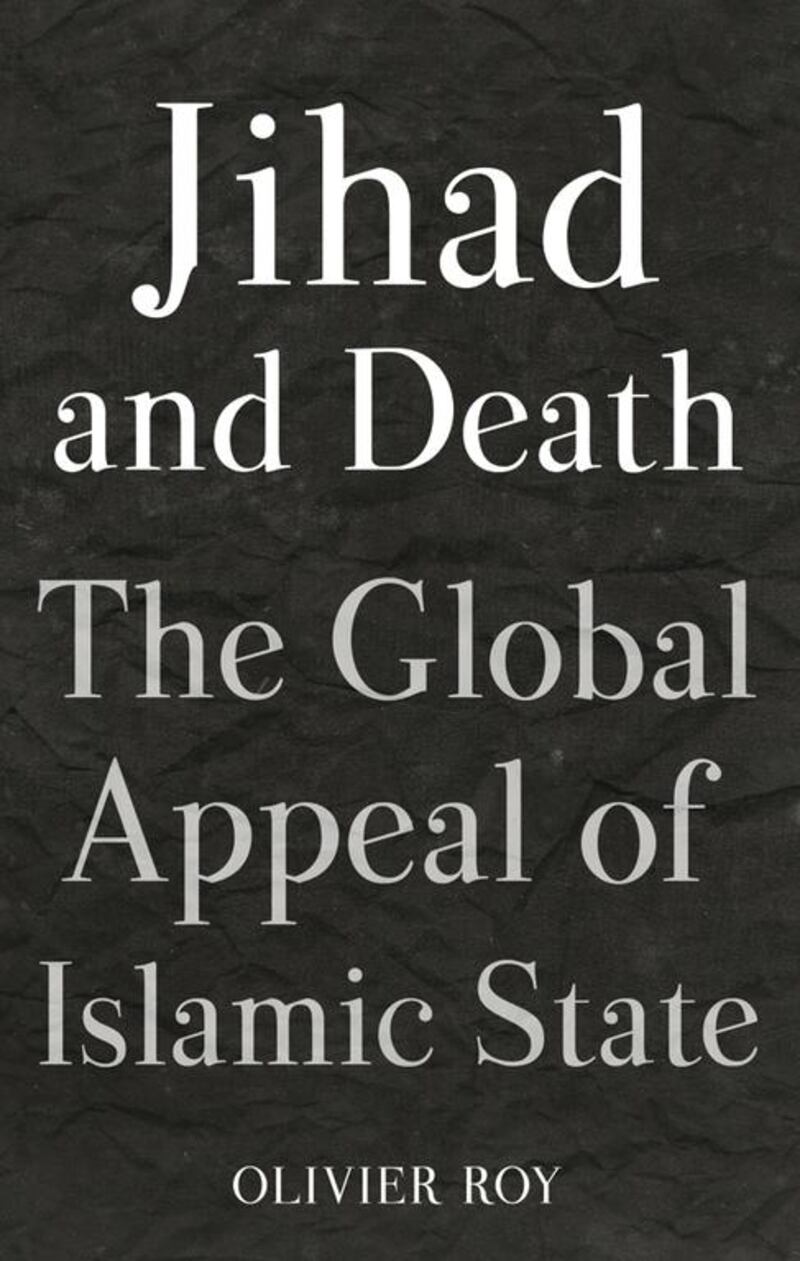What motivates westerners to become jihadists? What comes first, radicalism or religious text?
Olivier Roy, a French analyst of "globalised Islam", begins Jihad and Death: The Global Appeal of Islamic State with empirical research on about 100 people involved in jihadist terrorism in France and Belgium. Converts account for a staggering 25 per cent of this sample. The rest tend to be lapsed Muslims, who return to strict religious practice, if at all, only months before they commit violence.
They are as likely to come from prosperous as poor families. They show a frequent history of delinquency and, very often, of domestic violence. Crucially for Roy’s argument, they tend to be immersed in global youth culture: action movies, computer games, hip-hop and streetwear. “Combat sports clubs are more important than mosques in Jihadi socialisation.”
Terrorists don’t come from what the French right-wing calls “Salafised spaces”. Roy points out the irony of the ISIL-linked Abdeslam brothers running “a bar in a neighbourhood described as Salafised”, and usefully emphasises the distinction between Salafism and ISIL-style radicalism. The latter, unlike the former, permits punishment by fire and suicide attacks, for instance, and rejects parental and clerical authority.
“Jihadis do not descend into violence after poring over the sacred texts,” Roy writes. A self-serving, inconsistent and decontextualised manipulation of scripture is central to ISIL propaganda, but largely irrelevant, he argues, to the European radicals. These are not believers programmed for terror by religion, but “rebels who choose radicalism and then fit it into an Islamic paradigm”.
In their case, scripture is eclipsed by what Roy calls “the Jihadi imaginary”, which pictures an avenging hero in love with death. The terrorists narcissistically display themselves through horror selfies and videoed final testimonies. They often call on their parents to repent, and promise, once martyred, to intercede for their souls. The hero, in glorious self-sacrifice, gives birth to his parents. “To reach adult status, he has to die.”
The terrorist rebellion is nihilistic, aimed at the entire world. No terrorist surveyed has a history of activism for Palestine or other causes. The injustice the radicals confront is non-specific and ahistorical – so the secular capitalist West, for example, is constantly cast through the unchanging metaphor of “Crusader”. If they travel for jihad, the jihadists show no inclination to integrate into the local culture. Real countries are converted into “gaming space”. They could be anywhere. Their ritual executions have a similar “aesthetics of violence” to that of decapitation videos shot by Mexican narcos.
Roy reminds us of the continuity of leftist and Islamist radicalism, that today’s mobile jihad echoes Ché Guevara’s revolutionary nomadism, that ISIL’s generational iconoclasm repeats the urges of China’s Cultural Revolution and Cambodia’s Year Zero, and that Venezuelan terrorist Carlos the Jackal eventually became a bin Laden fan.
There’s continuity, too, between terrorism and insanity. For some, jihadism becomes “a way to situate their madness within a realm of meaning shared by others”. Both Mohamed Lahouaiej-Bouhlel, who last July drove a lorry into crowds in Nice (86 people were killed, a third of Muslim origin), and Omar Mateen, who last June killed 49 people at a nightclub in Orlando, Florida, may fit into this category, but the West mistakes their atrocities for intelligent strategy. It is ISIL’s “extraordinary talent for theatricalising terror” that so terrifies and blinds the West.
Sixty per cent of the people in Roy’s sample group are second-generation immigrants. He notes that far fewer third-generation immigrants are lured by radicalism, and correctly reads this as a sign of successful Muslim integration in France. But the second-generation suffers a crisis of “deculturation”. This, he contends, is caused not only by migration, but also by secularisation, especially French laicité, its “most ideological and most explicit form”. If religion is banished from the public space, it will thrive in the dark.
Here, though he doesn’t name him, Roy is continuing his public dispute with the Arabist Gilles Kepel, who proposes the strict enforcement of laicité via hijab bans and the like. Roy is a witty polemicist and his barbs are aimed at Orientalists and terror experts in general.
The discussion of ISIL in Iraq and Syria is the book’s weakest element. The treatment is simplistic, uninformed and somewhat sectarian. Roy appears to assume that ISIL represents Sunni Arabs in Syria and ignores (except for “tribal revolts”) the Arab forces fighting both ISIL and Assad. But Roy is not an Arabist. He knows much more about the political and religious communities of France. In this area, his analysis is provocative and sometimes even brilliant. It also sounds like common sense.
Robin Yassin-Kassab is a regular contributor to The Review and the co-author of Burning Country: Syrians in Revolution and War, which has been nominated for this year’s Folio Prize.





